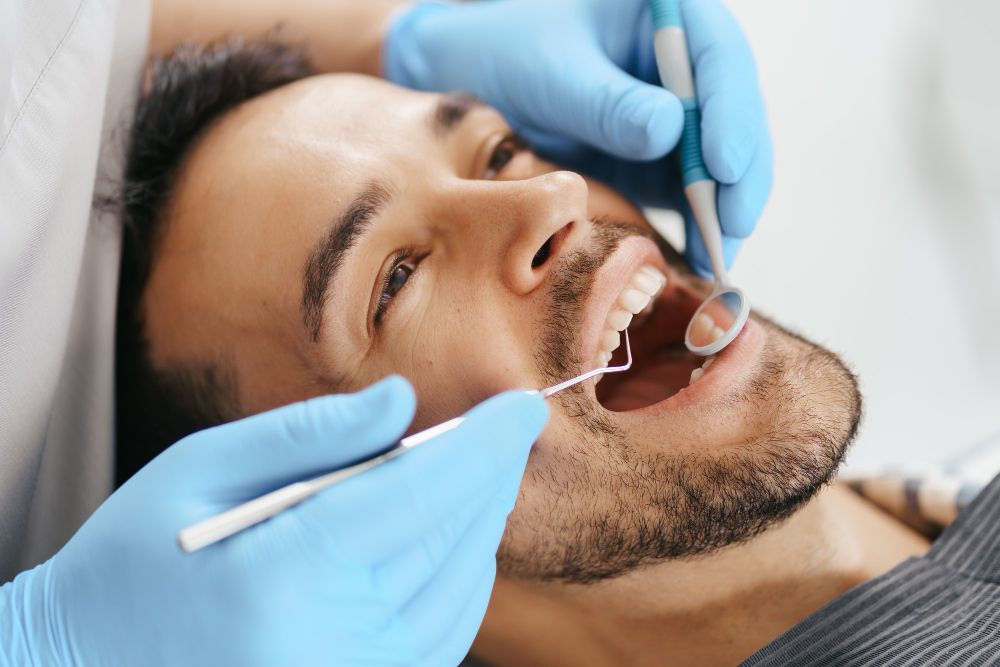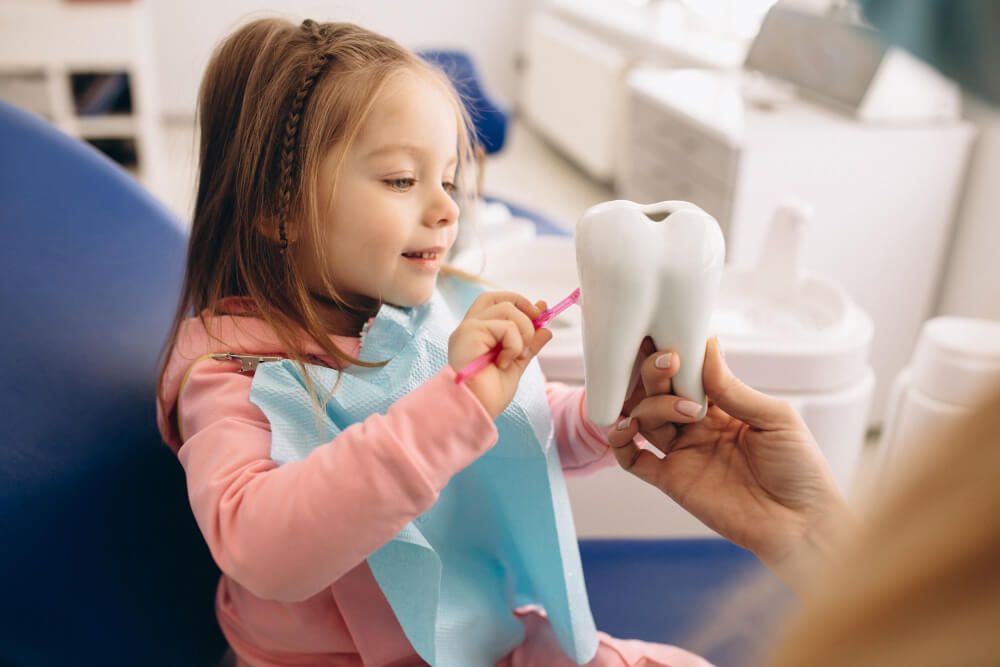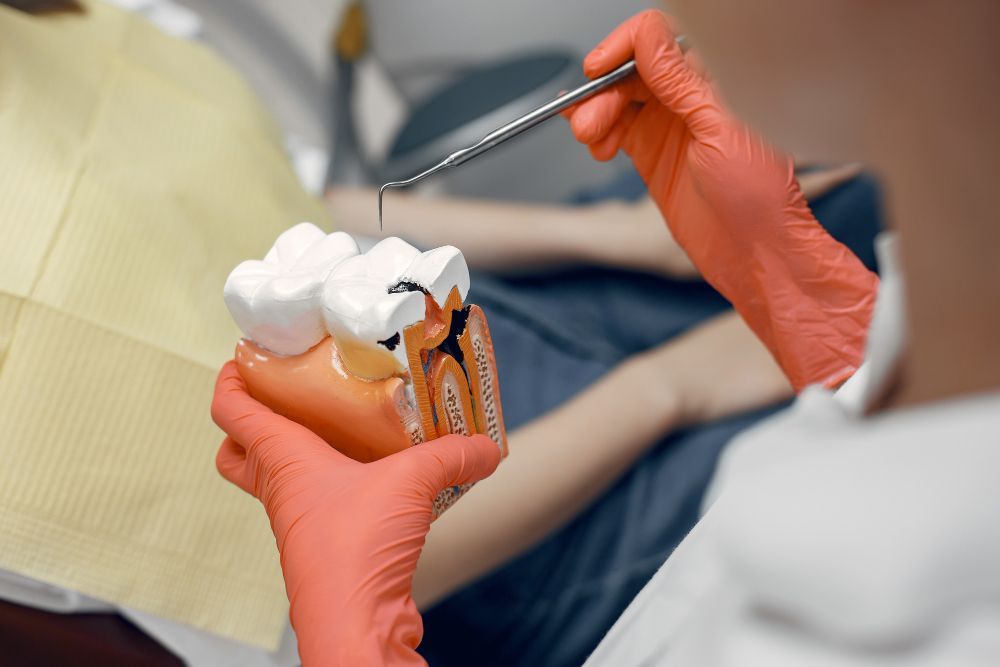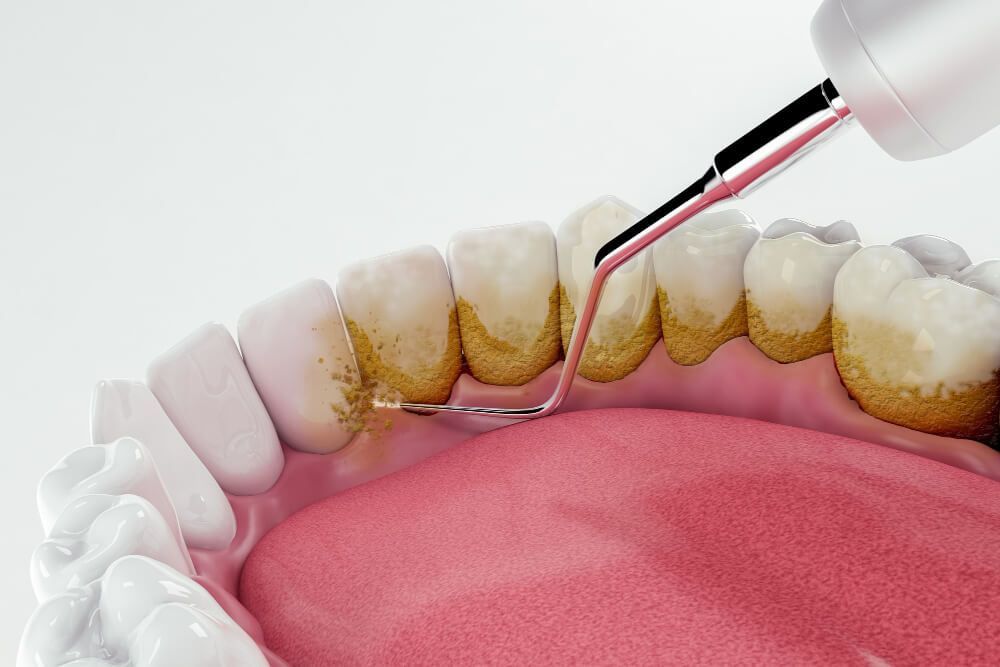Tooth bonding: pros and cons
Tooth Bonding: Pros and Cons

If you are unhappy with the appearance of your teeth, you may be considering tooth bonding as a solution. Tooth bonding is a cosmetic dental procedure that involves the application of a tooth-colored composite material to improve the look of your teeth. While it can be an effective and affordable option, it is important to understand the pros and cons of tooth bonding before deciding if it is right for you. In this article, we will explore the advantages and disadvantages of tooth bonding to help you make an informed decision.
What is Tooth Bonding?
Tooth bonding is a cosmetic dental procedure that involves the application of a tooth-colored composite material to your teeth. The composite material is sculpted, shaped, and polished to improve the appearance of your teeth. The procedure is typically used to fix issues like chipped or cracked teeth, gaps between teeth, and discoloration. Tooth bonding can be completed in a single visit to your dentist and is a relatively affordable option compared to other cosmetic dental procedures.
Pros of Tooth Bonding
1. Quick and Easy Procedure
One of the biggest advantages of tooth bonding is that it is a quick and easy procedure. Unlike other cosmetic dental procedures like veneers or braces, tooth bonding can be completed in a single visit to your dentist. The procedure typically takes 30 minutes to an hour per tooth, depending on the complexity of the issue being addressed.
2. Affordable Option
Tooth bonding is a relatively affordable option compared to other cosmetic dental procedures. The cost of tooth bonding varies depending on the location of the dental practice and the extent of the treatment required, but it is generally less expensive than other options like veneers or crowns.
3. Non-Invasive
Tooth bonding is a non-invasive procedure, which means that it does not require any drilling or removal of tooth enamel. This makes it a good option for people who want to improve the appearance of their teeth without undergoing more invasive procedures.
4. Versatile
Tooth bonding can be used to fix a variety of cosmetic dental issues, including chipped or cracked teeth, gaps between teeth, and discoloration. It can also be used to make teeth look longer or to change the shape of teeth.
5. Minimal Tooth Preparation
Tooth bonding requires minimal tooth preparation, which means that only a small amount of tooth enamel needs to be removed before the composite material is applied. This helps to preserve the natural structure of your teeth.
Cons of Tooth Bonding
1. Durability
One of the main disadvantages of tooth bonding is that it is not as durable as other cosmetic dental procedures. The composite material used in tooth bonding is not as strong as natural teeth, and it can chip or break over time. The lifespan of tooth bonding varies depending on factors like your oral hygiene habits and the amount of wear and tear on your teeth.
2. Discoloration
The composite material used in tooth bonding can become discolored over time, especially if you smoke or drink coffee, tea, or red wine. Unlike natural teeth, the composite material cannot be whitened, so if you want to maintain the appearance of your bonded teeth, you will need to avoid foods and drinks that can stain your teeth.
3. Maintenance
Tooth bonding requires regular maintenance to keep it looking its best. You will need to brush and floss your teeth regularly and avoid biting down on hard objects like ice or candy. You may also need to have your bonded teeth polished or touched up periodically.
4. Limited Lifespan
Tooth bonding is not a permanent solution, and it will need to be replaced eventually. The lifespan of tooth bonding varies depending on factors like your oral hygiene habits and the amount








